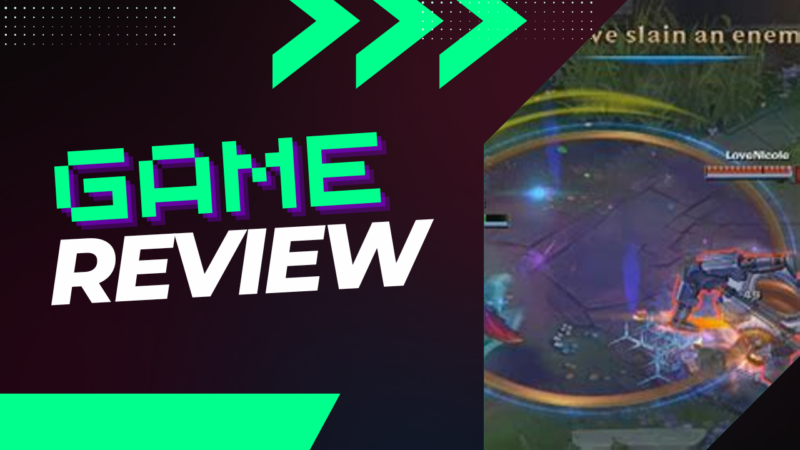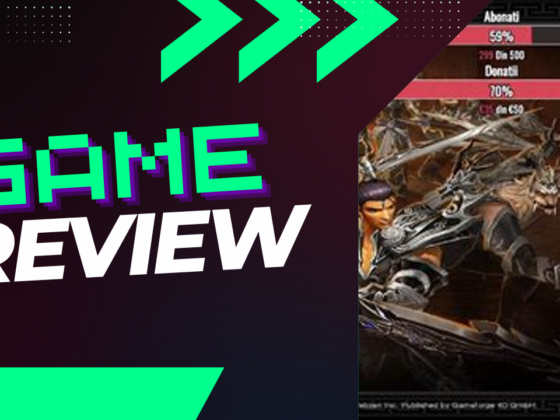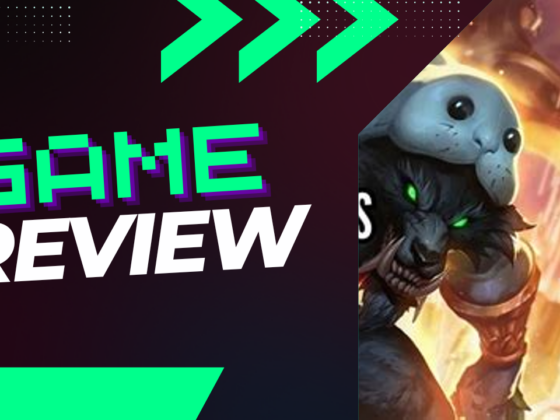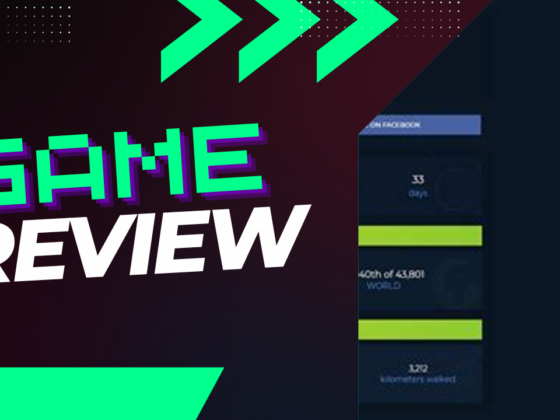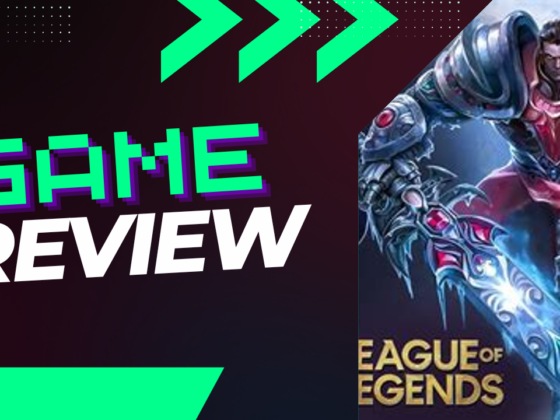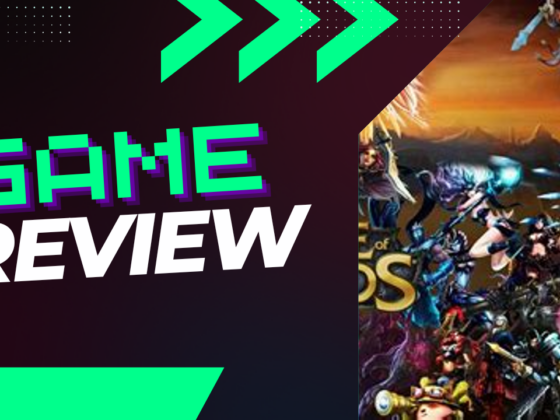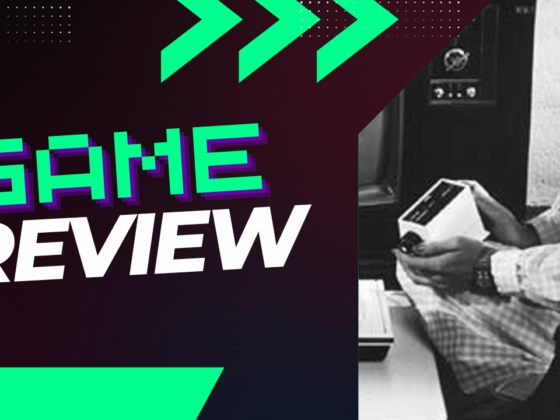Is URF really the thrilling ride we all wish it could be forever, or is it destined to be a fleeting moment of joy in the expansive universe of League of Legends? For many players, the Ultra Rapid Fire mode—where champions unleash skills faster than you can say “nexus”—has become a bittersweet dream, as Riot Games has confirmed it won’t be a permanent fixture. Though the community rallies around the electrifying chaos that URF brings, the developers have their reasons for keeping it temporary. Let’s dive deeper into this conundrum and explore the fervent desires, concerns, and alternatives surrounding URF’s future.
Is URF going to be a permanent mode in League of Legends?
Is URF going to be a permanent mode in League of Legends?
No, URF, or Ultra Rapid Fire Mode, will not be a permanent feature in League of Legends. Riot Games has officially announced that the current URF event will conclude on March 11, 2024. Despite the overwhelming enthusiasm from the community for URF’s high-octane gameplay, where champions have dramatically reduced cooldowns and a heightened movement speed, there are underlying reasons for its temporary status.
The developers have noted that while URF provides a thrilling experience, it can lead to a decline in the overall active player base once the novelty wears off. This can impact the long-term sustainability of the game and its competitive balance. Riot’s commitment to maintaining a robust and engaging player ecosystem means that they prioritize modes that encourage sustained play rather than seasonal fluctuations. For now, fans will have to enjoy URF while it’s available, and keep an eye out for potential future iterations or similar game modes.
Why does Riot Games believe URF decreases the player base?
Riot Games has expressed concerns that the ultra-rapid-fire (URF) mode, despite its popularity with certain players, can lead to a decline in overall player engagement over time.
They’ve observed that while URF garners significant excitement initially, enthusiasm tends to wane with each event, ultimately resulting in fewer players participating in other game modes. This pattern suggests that if URF were made permanent, it could inadvertently limit the diversity of experiences available to players. Riot Games’ primary goal is to foster a vibrant gaming environment with a wide variety of modes to maintain player interest and encourage exploration of new gameplay styles.
For instance, if URF were to dominate the scene, players might neglect ranked play or other casual game modes, which could negatively impact the community as a whole. By ensuring that URF remains a limited-time offering, Riot aims to preserve that essential balance, keeping the League of Legends experience fresh and engaging for all players.
What are the community sentiments regarding URF’s absence?
Many players feel frustrated about URF’s absence, perceiving it as a missed opportunity for Riot to maintain player engagement.
URF, or Ultra Rapid Fire, offers a fast-paced and exhilarating gameplay experience that many veterans find more enjoyable than traditional matches. This excitement could be a catalyst for re-engaging those who have drifted away from League of Legends due to the monotony of standard games.
Players argue that if URF were to be made permanent, it could attract a significant number of players back to the game, enhancing overall participation and fostering a more vibrant community. The concern is that by discontinuing URF, Riot may inadvertently disengage its player base, contradicting their goal to enhance engagement and grow the League of Legends community.
In short, many players believe that keeping URF as a permanent option would invigorate the game and keep players invested, rather than causing them to lose interest. The challenge lies in addressing these sentiments while considering the game’s long-term balance and diversity.
How does player experience in URF compare to traditional game modes?
Players often find Ultra Rapid Fire (URF) to be significantly more enjoyable than traditional game modes, and this stems from several key differences. One of the most notable features of URF is its accelerated game pace, where players experience nearly instant cooldowns on abilities, allowing them to unleash their champions’ abilities frequently and creatively. This dynamic creates a fast and exhilarating atmosphere that contrasts sharply with traditional matchups, where downtime between actions can often lead to a more methodical, slower-paced experience.
In URF, heroes shine in ways that standard modes don’t always allow, enabling players to explore unique gameplay strategies and tactics that fully utilize their champions’ potential. The constant action keeps players engaged, making it common for them to dive into multiple games daily without feeling fatigued or bored. This excitement resonates with many, leading to an active community that thrives on the high-energy nature of URF matches.
In comparison, players often describe traditional game modes as agonizingly slow, where the prolonged waiting periods can detract from the overall enjoyment. The contrast in pace, coupled with the innovative mechanics specific to URF, often results in a vastly more entertaining experience for players, illustrating why URF remains a popular choice among League of Legends enthusiasts.
What alternative modes does Riot Games consider for a permanent addition?
Riot Games has shown interest in exploring alternative game modes for potential permanent inclusion, particularly highlighting modes like Nexus Blitz. This mode is known for its dynamic gameplay and unique twists that keep matches fresh and engaging. However, many players feel that Nexus Blitz could have benefitted from incorporating features reminiscent of Ultra Rapid Fire (URF), which is beloved for its frenetic pace and reduced cooldowns.
Players often ask why Riot Games doesn’t consider merging the best aspects of URF with Nexus Blitz to create a hybrid mode that caters to the community’s desires. The answer lies in Riot’s strategic approach to game development, which balances enriching player experiences with the company’s financial interests. While player feedback is crucial, decisions regarding the permanence of new modes are influenced by a multitude of factors, including player retention, monetization strategies, and the overall impact on the game’s ecosystem.
As Riot continues to innovate and respond to community feedback, the possibility of seeing a blend of popular features from various modes in a new permanent offering remains an exciting prospect for players. Still, it’s clear that any new mode must align with broader company goals and the anticipated player experience.

